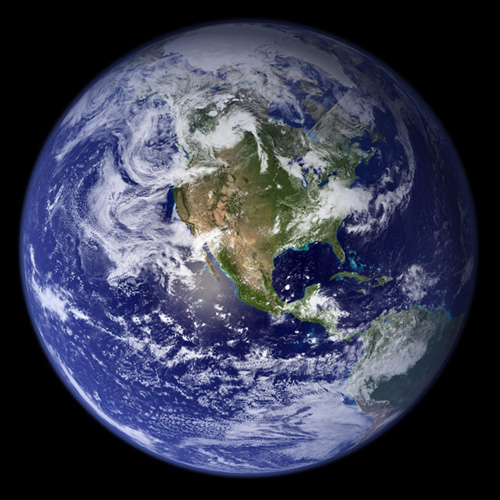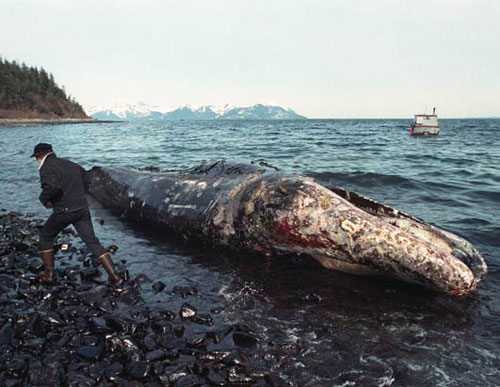I received an email this morning outlining the Canadian Governments efforts to overturn the protection of free flowing rivers in Canada. As it stands now, the law in Canada protects the public right of navigation in Canadian waters and has done so since 1882—the right to navigate waterways in Canada is a tradition that pre-dates the beginning of our country.
In particular, Merv Tweeds of Brandon-Souris has headed up the cause for selling out on Canada’s natural resources. From his website:
Tweed leads the way to change waterway act
BRANDON — March 13, 2008 – Merv Tweed, Member of Parliament for Brandon-Souris, is leading the review to make critical and long-overdue changes to the Navigable Waters Protection Act.
“This act controls every waterway in Canada, no matter how small, and has caused significant delay in the approval of new infrastructure,” said Tweed.
The Transport, Infrastructure, and Communities Committee, which Tweed chairs, will review the act and will be tabling a report on the findings and recommendations for change in June.
“I believe that refocusing the act will provide a more timely and predictable process for the review and approval of critical infrastructure projects,” said Tweed.
The Navigable Waters Protection Act was written in 1882 to protect the public right of navigation in Canadian waters. Unfortunately, this act does not allow for the ability to exclude anything “constructed or placed on, under, over, through or across” a navigable water, as everything may interfere with navigation to some degree.
Industry and provincial, territorial and municipal governments have, for years, been requesting changes to the NWPA to reflect current needs and respond to the increased volume and variety of uses of Canada’s waterways.
The existing backlog of approvals is impeding economic growth and the timely development and refurbishment of critical transportation infrastructure that, in turn, has the potential of creating a backlog for the implementation of projects under “Building Canada Plan”.
My favourite paragraph deserves some dissection: “Unfortunately, this act does not allow for the ability to exclude anything ‘constructed or placed on, under, over, through or across’ a navigable water, as everything may interfere with navigation to some degree.” So what he’s trying to say is, it’s unfortunate that the law protects the public right of navigation because we want to imped that right.
Continue reading “Navigable Waters Protection Act”




